
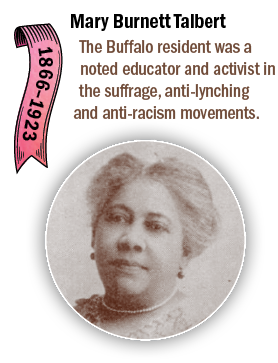
Mary Burnett Talbert (1866-1923) was once called “the best-known colored woman in the United States.” The Buffalo resident was a noted educator and activist in the suffrage, anti-lynching and anti-racism movements. A speaker at the 1915 event "Votes for Women: A Symposium by Leading Thinkers of Colored Women" in Washington, D.C., Talbert was inducted into the National Women's Hall of Fame in Seneca Falls, New York in 2005.
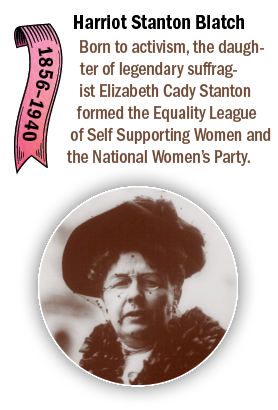
Harriot Stanton Blatch (1856-1940) the daughter of legendary suffragist Elizabeth Cady Stanton, the Seneca Falls native was literally born to activism. Hoping to modernize the suffrage movement, Blatch formed the Equality League of Self Supporting Women, the Women’s Political Union and the National Women’s Party.
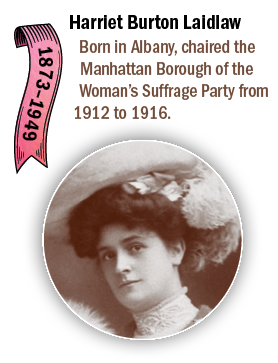
Harriet Burton Laidlaw (1873-1949), born in Albany, chaired the Manhattan Borough of the Woman’s Suffrage Party from 1912 to 1916. In 1917 she became a director for the National American Woman Suffrage Association. She was among a group of suffragettes who met with former President Theodore Roosevelt and persuaded him to support their cause. An amendment to the New York State Constitution granting women the vote passed later that year.
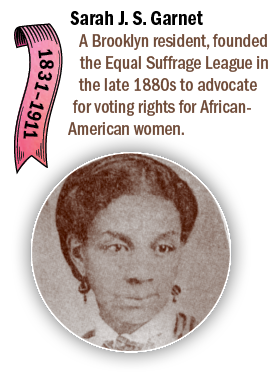
Sarah J.S. Garnet (1831-1911), a Brooklyn resident, founded the Equal Suffrage League in the late 1880s to advocate for voting rights for African American women. She later became superintendent of the suffrage department for the National Association of Colored Women.
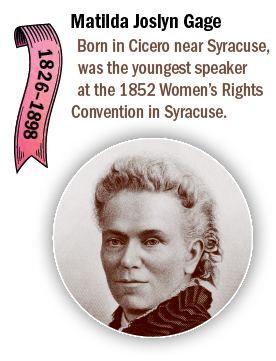
Matilda Josyln Gage (1826-1898), born in Cicero near Syracuse, was the youngest speaker at the 1852 Women’s Rights Convention in Syracuse. President of the National Woman Suffrage Association from 1875-76, Gage organized the Woman's National Liberal Union in 1890 to assert women’s natural right to self-government and denounce the doctrine of female inferiority. A lesson plan about Gage’s activism, created by Stephanie Daino, Vestal Teachers Association, and suitable for grades 8 through 11, is available at nysut.org/women.
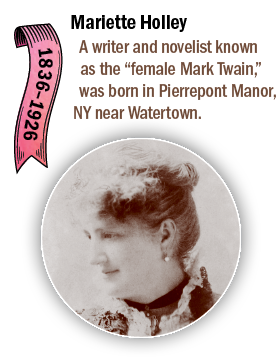
Marietta Holley (1836-1926), a writer and novelist known as the "female Mark Twain," was born in Pierrepont Manor, NY near Watertown. The author of over 25 bestselling books and a correspondent with many well-known suffragettes, including Elizabeth Cady Stanton and Susan B. Anthony, Holley supported the suffrage movement through her satirical writings, which explored the “woman question,” and questioned political arguments against suffrage.
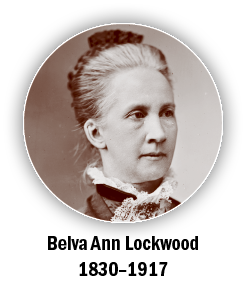
Belva Lockwood (1830-1917), was the first woman to run for president as a third party candidate. Born in Royalton, NY near Niagara Falls, Lockwood believed that women shouldn’t depend solely on men for support; after earning a law degree, she became the first woman to gain admittance to, and argue two cases before, the U.S. Supreme Court.
In 1884 and 1888, Lockwood ran for president as the National Equal Rights Party candidate, becoming the first woman to appear on official ballots. Marietta Stow, the editor of the Women’s Herald, was her running mate.
NYSUT offers a wealth of materials to help educators highlight the anniversary of the 19th Amendment in their classrooms. For a series of Women’s History Month posters, available for free download, including posters featuring suffragists Elizabeth Cady Stanton and Mary McLeod Bethune, visit nysut.org/posters. To read more about the contributions of these and other female activists, visit the NYSUT Women’s Committee at nysut.org/women.